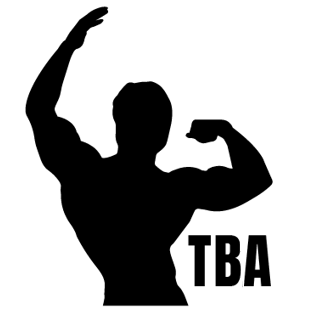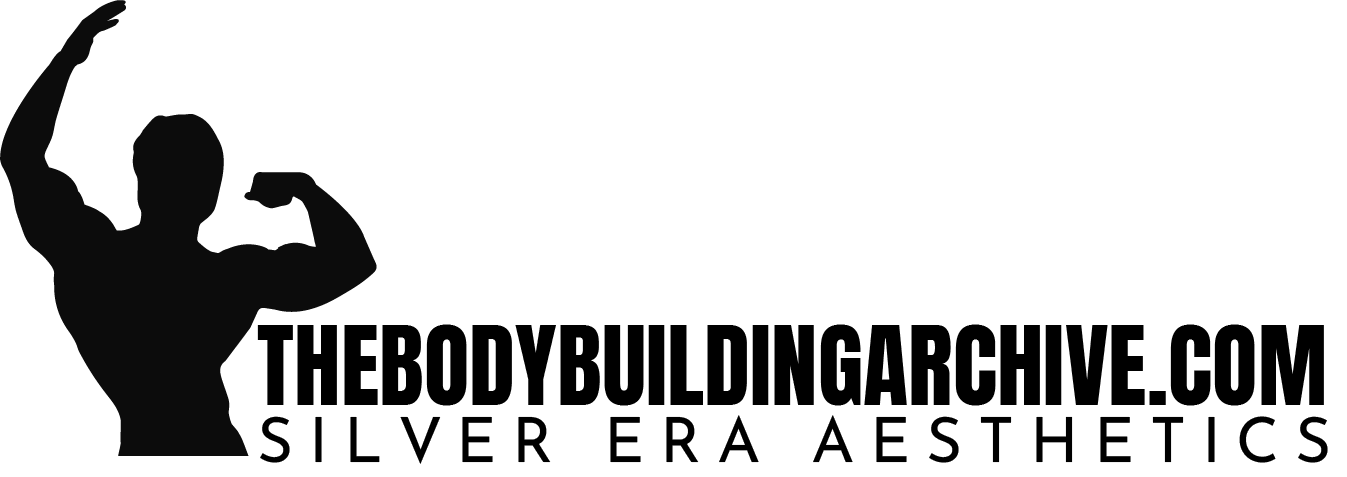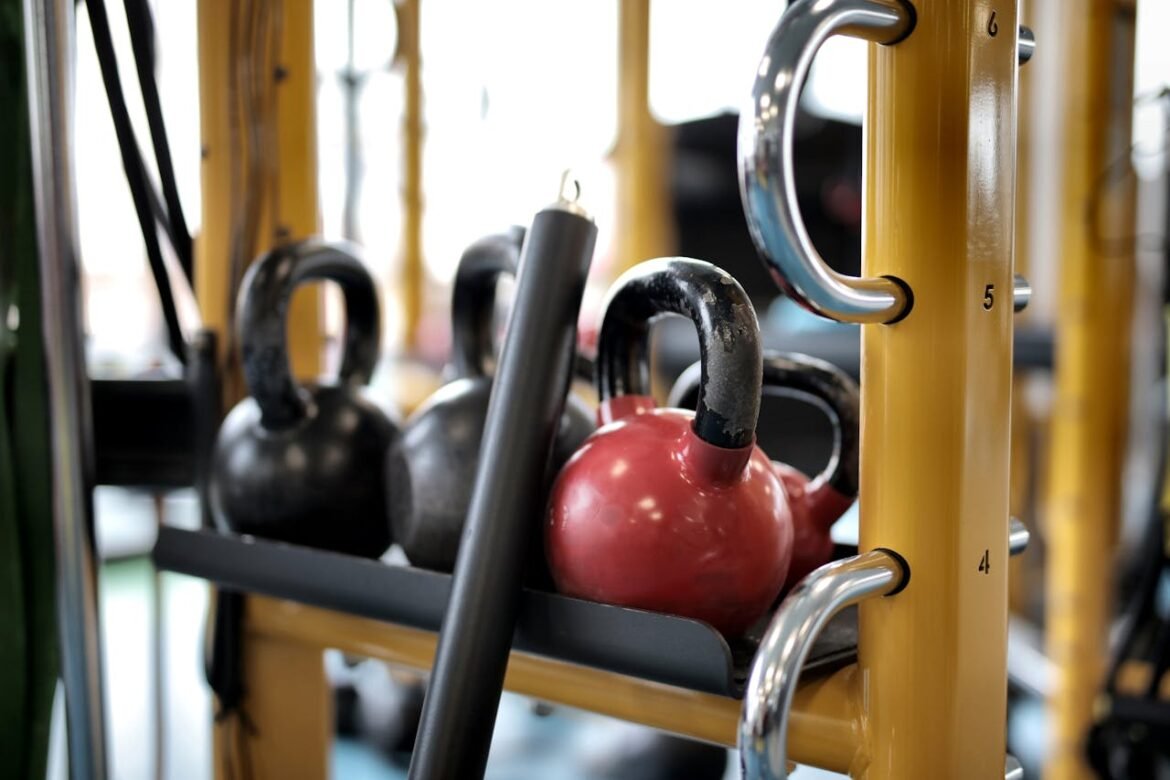Bodybuilding has a rich history, with each era bringing something new to the sport.
Over the years, the focus has shifted from pure strength to aesthetics, and then to extreme size and conditioning.
Here’s a quick look at the timeline of bodybuilding eras:
| Era | Time Period | Key Focus |
|---|---|---|
| Early Years | 1890s – 1930s | Foundation of modern bodybuilding |
| Bronze Era | 1940s – 1950s | Foundation of modern bodybuilding competitions |
| Silver Era | 1960s – 1970s | Aesthetics, symmetry, and the classic physique |
| Golden Era | 1970s – 1980s | Peak of aesthetics and balance |
| Mass Monster Era | 1990s – 2000s | Extreme size, conditioning, and mass |
| Modern Era | 2000s – Present | Balance of size, conditioning, and aesthetics |
Let’s dive into each era to understand what made them unique.
Early Years (1890s – 1930s)
The Early Years of bodybuilding were all about laying the groundwork for what the sport would become.
Back then, there wasn’t a clear idea of “bodybuilding” as we know it today.
Instead, it was more about general strength and physical development.
- Foundation of Bodybuilding: Laid the groundwork for modern bodybuilding, with an emphasis on strength and muscular development.
- Basic Training Principles: Focused on compound movements like squats, deadlifts, and presses for overall strength.
- Health and Strength: The goal was to build a healthy, strong body rather than purely for aesthetics.
🏋️♂️ Training Style
In this era, the training was basic. People focused on compound movements like squats, deadlifts, and overhead presses. The equipment was often primitive, but it got the job done. It was all about building a strong, muscular body.
🌟 Notable Figures
Eugen Sandow is probably the most famous name from this time. Often called the “Father of Modern Bodybuilding,” Sandow was known for his impressive physique and strength.
George Hackenschmidt was another legend, famous for his strength and wrestling ability.
🏆 Competitions and Philosophy
Competitions in this era were more like strength shows. Men would perform feats of strength and display their physiques, but there weren’t organized bodybuilding contests like today. The philosophy was simple: train hard, eat well, and build a strong, healthy body.
Bronze Era (1940s – 1950s)
The Bronze Era saw the beginning of organized bodybuilding competitions.
This period laid the foundation for the sport, and it’s when bodybuilding started to become more recognized.
- Rise of Competitions: Marked the beginning of organized bodybuilding competitions like Mr. America and Mr. Universe.
- Aesthetic Focus: Introduced the importance of symmetry and proportion in physique development.
- Structured Training: Bodybuilders began to follow more structured and balanced routines.
🏋️♂️ Training Style
During the Bronze Era, training became more structured. Bodybuilders began to focus not just on strength but also on aesthetics—building a physique that looked good as well as being strong. Workouts were more planned, with routines designed to develop a balanced physique.
🌟 Notable Figures
Steve Reeves is a standout from this era. Known for his incredible symmetry and classic physique, Reeves was a Hollywood star and inspired many to take up bodybuilding.
John Grimek and Clancy Ross were also big names, known for their impressive builds.
🏆 Competitions and Philosophy
This is when formal competitions like Mr. America and Mr. Universe began. Bodybuilders were judged not only on their size but also on their symmetry, posing, and overall presentation. The philosophy shifted slightly to include the idea of the “perfect physique”—one that was both strong and aesthetically pleasing.
Silver Era (1960s – 1970s)
The Silver Era took the concepts from the Bronze Era and refined them.
This period is when the classic bodybuilding look—wide shoulders, narrow waist, and balanced proportions—became the standard.
- Classic Physique Ideal: Emphasized the development of the classic V-taper, focusing on wide shoulders and a narrow waist.
- High-Volume Workouts: Training routines involved high-volume exercises to build muscle and maintain a lean, aesthetic physique.
- Introduction of Mr. Olympia: The era saw the launch of Mr. Olympia, setting a new standard for professional bodybuilding.
🏋️♂️ Training Style
Training in the Silver Era was intense and focused. Bodybuilders used high-volume training, doing lots of sets and reps to build muscle and achieve a well-rounded physique. They focused heavily on creating a V-taper—broad shoulders and a narrow waist.
🌟 Notable Figures
Larry Scott, the first Mr. Olympia, was a major figure in the Silver Era. His arm development was legendary.
Reg Park, another icon, was known for his massive size and strength.
Frank Zane, with his lean and symmetrical physique, was also a key figure, representing the perfect balance between size and aesthetics.
🏆 Competitions and Philosophy
Mr. Olympia, the premier bodybuilding competition, was introduced in this era, marking a big step forward for the sport. The philosophy was all about achieving the “ideal” physique—muscular, symmetrical, and aesthetically pleasing.
Golden Era (1970s – 1980s)
The Golden Era is often considered the pinnacle of bodybuilding, where aesthetics and balance were most important.
This era gave us some of the most iconic bodybuilders of all time.
- Balance and Aesthetics: Perfected the balance between size, symmetry, and aesthetics, creating iconic physiques.
- Intelligent Training: Bodybuilders used a mix of heavy weights and high-volume training to achieve the ideal physique.
- Legendary Figures: Produced some of the most iconic bodybuilders, such as Arnold Schwarzenegger, who defined the era.
🏋️♂️ Training Style
Training during the Golden Era was about more than just lifting heavy. It was about lifting smart. Bodybuilders trained to create perfect balance between all muscle groups, ensuring no part was too big or too small. They used a mix of heavy weights and high-volume training to achieve this.
🌟 Notable Figures
Arnold Schwarzenegger is the most famous bodybuilder from this era, if not of all time. His combination of size, symmetry, and charisma made him a legend.
Franco Columbu, a close friend of Arnold’s, was known for his incredible strength.
Frank Zane, who continued his success from the Silver Era, was known for his lean, symmetrical physique.
🏆 Competitions and Philosophy
The Mr. Olympia competition became the ultimate goal for bodybuilders. Winning this title meant you were the best in the world. The philosophy was to build a physique that was both massive and aesthetically perfect, with a strong focus on the classic V-taper look.
Mass Monster Era (1990s – 2000s)
The Mass Monster Era took bodybuilding to the extreme. During this time, the focus shifted to building the biggest, most muscular body possible.
- Extreme Size and Mass: Focus shifted to building the biggest possible physique, with an emphasis on size and conditioning.
- Intense Training: Heavy weights and intense specialization were the hallmarks of training during this era.
- Health Risks: Highlighted the potential risks associated with extreme bodybuilding, including the dangers of prioritizing size over health.
🏋️♂️ Training Style
Training in this era was all about getting big. Bodybuilders lifted heavy weights, often focusing on one muscle group per workout to achieve maximum growth. The goal was to pack on as much muscle mass as possible, while still maintaining conditioning.
🌟 Notable Figures
Ronnie Coleman is the most famous bodybuilder from this era, known for his incredible size and strength.
Dorian Yates, who started the mass monster trend, was known for his intense training style and massive back.
Lee Haney, although more balanced, still pushed the boundaries of size during his reign.
🏆 Competitions and Philosophy
Mr. Olympia continued to be the top competition, but the criteria shifted. Judges began to favor mass and conditioning over symmetry and aesthetics. The philosophy was simple: the bigger, the better.
Modern Era (2000s – Present)
The Modern Era of bodybuilding has seen a mix of everything that came before. Today, bodybuilders strive for a balance between size, symmetry, and conditioning.
- Scientific Approach: Training and nutrition have become highly personalized and science-based, focusing on maximizing results safely.
- Balance of Size and Aesthetics: Modern bodybuilders aim to combine the size of the Mass Monster Era with the aesthetics of earlier eras.
- Diverse Competitions: While Mr. Olympia remains the top title, other competitions like the Arnold Classic have also gained significant prestige.
🏋️♂️ Training Style
Training today is very scientific. Bodybuilders use personalized routines that are often based on their specific strengths and weaknesses. There’s a focus on all aspects of physique—size, symmetry, and conditioning—with athletes using advanced techniques to reach their goals.
🌟 Notable Figures
Phil Heath dominated much of the Modern Era, known for his detailed muscle separation and round muscle bellies.
Jay Cutler, with his massive size and wide frame, was also a key figure.
Big Ramy, who won Mr. Olympia in recent years, represents the blend of mass and symmetry that defines this era.
🏆 Competitions and Philosophy
Mr. Olympia remains the most prestigious title, but other competitions like the Arnold Classic are also highly respected. The philosophy today is about creating the ultimate physique—one that is big, symmetrical, and perfectly conditioned.
Key Takeaways for Today’s Bodybuilders
- Build a Strong Foundation: Just like the early pioneers of bodybuilding, focus on mastering the basics. Incorporate compound movements like squats, deadlifts, and presses into your routine to develop overall strength and muscle. A strong foundation is essential for long-term progress.
- Prioritize Aesthetics and Symmetry: Learn from the Bronze and Silver Eras by making symmetry and balance a priority. Strive for a physique that is well-proportioned, with no muscle group overpowering the others. This will create a more visually appealing and balanced body.
- Train Smart, Not Just Hard: The Golden Era bodybuilders achieved legendary physiques by balancing size with proportion. Focus on intelligent training that ensures all muscle groups develop harmoniously. Avoid overemphasizing one area at the expense of others.
- Push Limits, But Stay Healthy: The Mass Monster Era showed the power of extreme dedication and pushing physical limits. However, it also highlighted the risks of going too far in the pursuit of size. Always keep your health in mind, balancing ambition with longevity.
- Use Science to Your Advantage: Modern bodybuilders benefit from decades of research in training and nutrition. Use this knowledge to create personalized routines and diets that optimize your results while reducing the risk of injury. Tailor your approach based on what works best for your body.
Wrapping up
Bodybuilding has gone through many changes over the years, from the early days of simple strength training to today’s highly specialized and scientific approach.
Each era brought something new and helped shape the sport into what it is today. Whether you’re inspired by the classic physiques of the Golden Era or the massive builds of the Mass Monster Era, there’s something in bodybuilding history for everyone.
Each era has its legends and its lessons, showing us the many ways the human body can be transformed and perfected.



